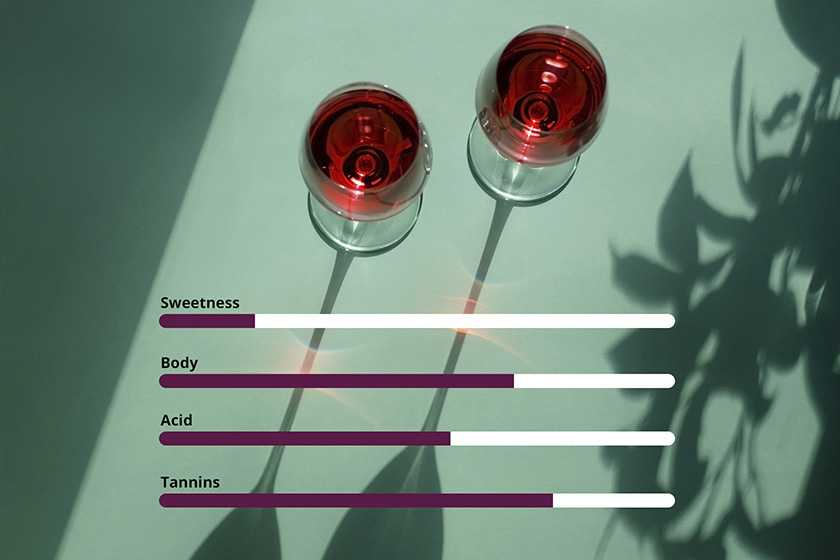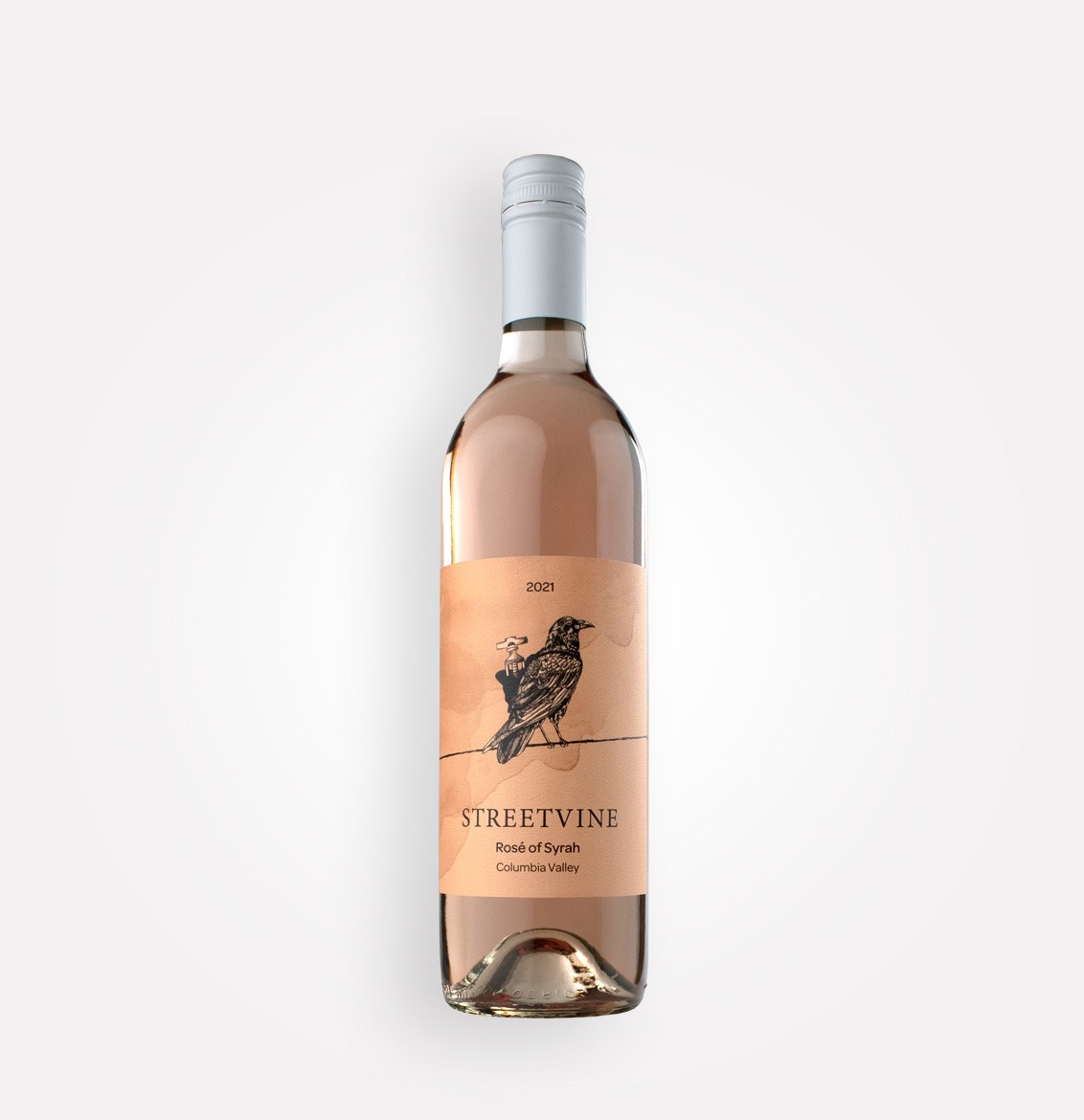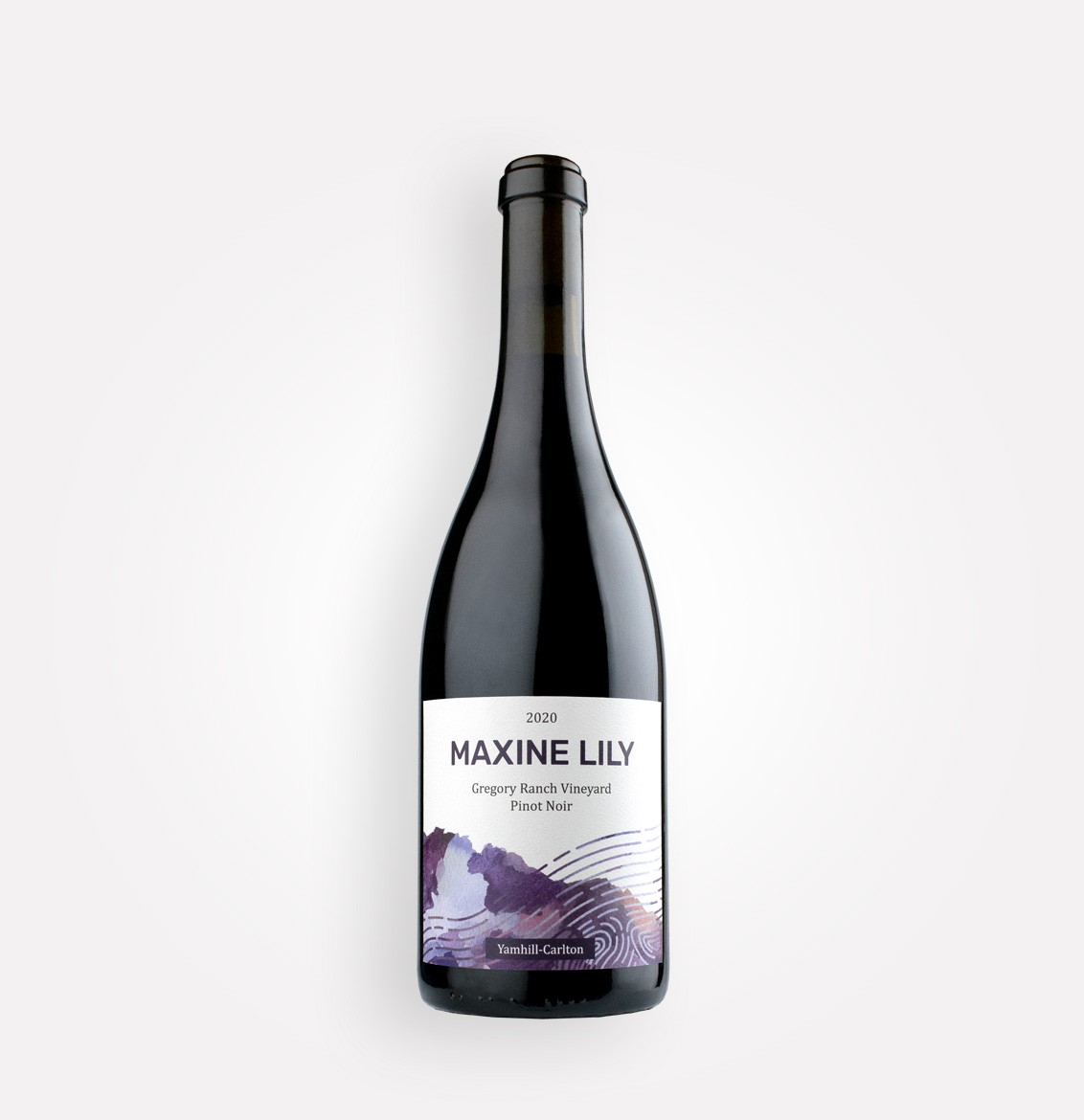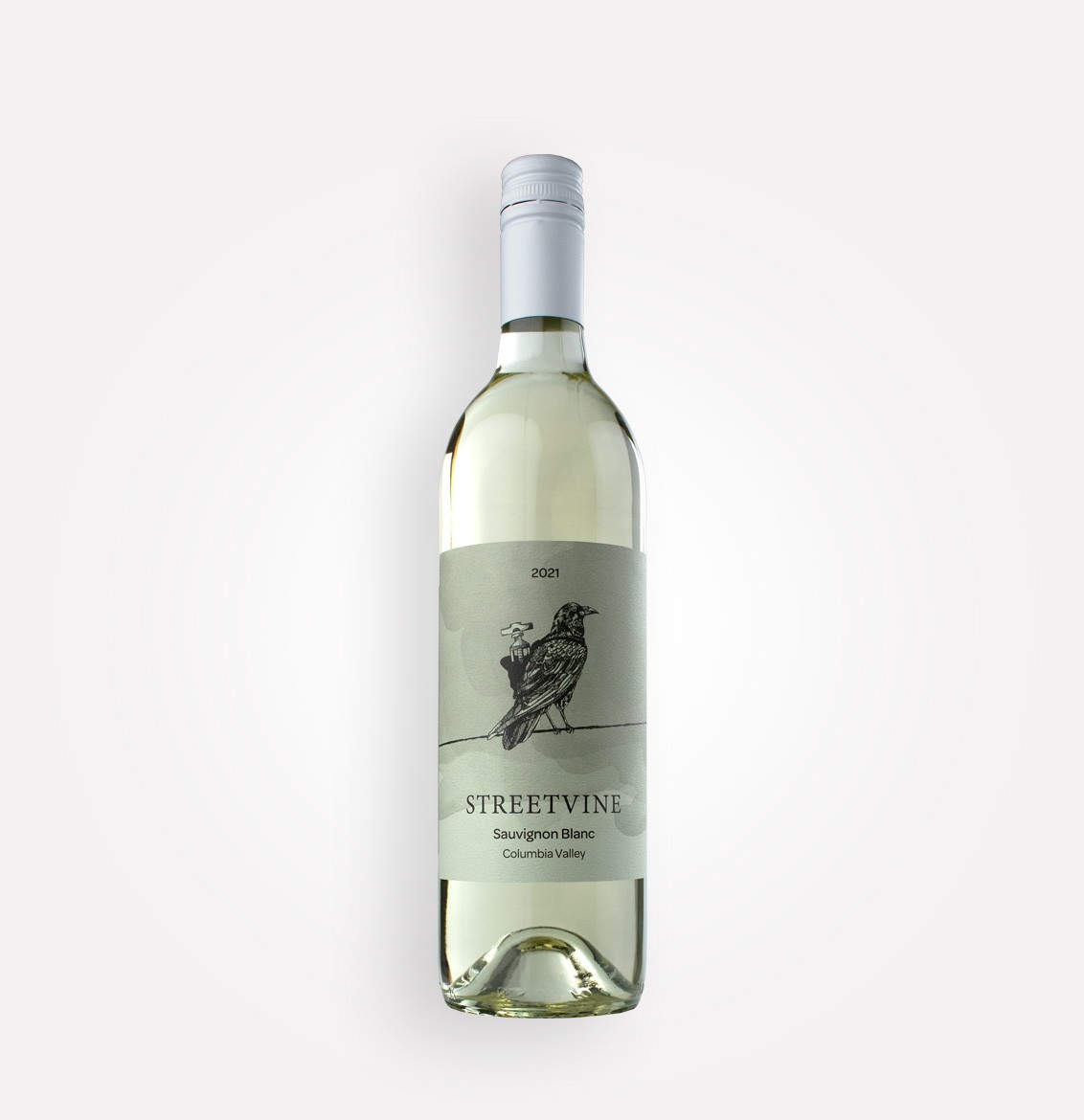From info on small-production wines to wine tasting notes, find it all on the product detail page
When you’re ready to find out more, click on the name of the wine to get to a product details page. This page is your source for detailed information with wine tasting notes and wine descriptions from our team, recipes for great food and wine pairing, and a winery profile to help you get to know the producer.
Wine descriptions and reading the bar charts
We taste every wine and write detailed wine tasting notes to give you a sense of the wine and help decide if it might find a home on your dinner table.
If wordy descriptions aren’t your thing, we’ve added bar charts that visually portray four main characteristics of a wine. The characteristics are sweetness, body, acid, and tannin. These characters all work together to give each wine its distinctive aroma and taste. Hopefully, seeing their relationships will help you understand how a new and exciting wine compares with wines you know you like.
Let’s take a closer look at those bars. The colors represent the intensity of the character as low, medium, and high. We’ve added a few examples of wines at either end of the spectrum for each characteristic, but there are many more, as you will discover.
Sweetness
Sweetness is the amount of residual sugar that remains after winemaking and aging. Not to be confused with the impression of sweetness you might anticipate from the aroma of an intensely aromatic, fruity California white wine.
Body
Wine body is a textural sense of the mouth-filling quality of a wine. Remember, the perception of wine body is affected by sweetness, acid, alcohol, and tannin level. Red wines are typically more full-bodied than white wines, except for botrytized sweet wines like Sauterne or fortified reds like Port. Check out our selection of Washington state red wines for powerful, full-bodied wines.
Acidity
All wine is relatively acidic, some more so than others. Acidity gives a wine that mouthwatering brightness or tartness and is a character most people know from lemons, orange juice, and sour candy, for example. Acid affects the perception of sweetness and is an essential factor for wine stability and age-ability. Try a Willamette Valley Pinot Noir or Oregon Chardonnay for wines that show how great winemakers deftly use acidity.
Tannin
Tannin is that familiar drying astringent sensation often associated with young red wines. It’s a significant part of grapes and many other plants and a large part of wine flavor. Tannin is affected by growing conditions and winemaking and will moderate with time, sometimes a lot of time. They can be gritty or velvety too. Tannic wine fans know California red wines and Red Mountain wines from Washington deliver that desirable punch.
Hopefully, the visual cues will help you know the wines you prefer as you explore the Rising Wine Collective wines. Also, be sure to check our Wine Education section for more information about wine characteristics and navigating your way through the world of wines.









